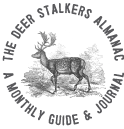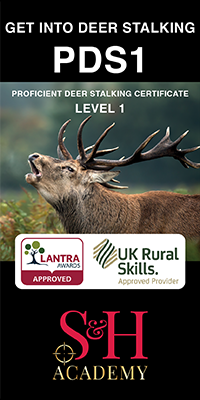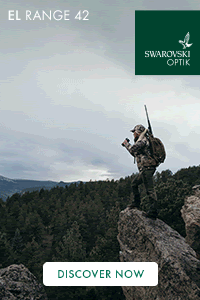Find Articles by Category

What to expect from your Deer Stalking month by month. Enter your email address below to receive the Almanac:
This Month’s Articles & Reviews
- Details
The Deer Management Certificate Level 3 (DMC3) Launches in the UK.
- Details
Peter S Jones looks at why the 01st November is the most important date in the deer manager’s calendar.
- Details
As we approach the lead ammunition ban Peter S Jones considers if the .243 has a future in UK deer management.
- Details
Why October is the best month of the year to be deer stalking.
- Details
September arrives with a shift in the air. The leaves start to curl, the mornings take on a chill, and in the woods and on the open hill, something stirs. For deer stalkers, this is the moment we’ve been waiting for: the rut begins.

















